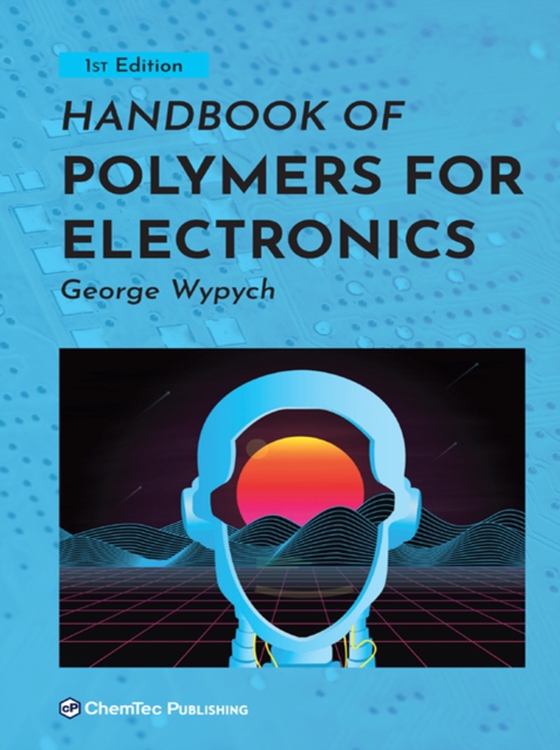
Handbook of Polymers for Electronics e-bog
3652,37 DKK
(inkl. moms 4565,46 DKK)
Polymers used in electronics and electrical engineering are essential to the development of high-tech products, with applications in space, aviation, health, automotive, communication, robotics, consumer products, and beyond. Typical features of mainstream polymers such as mechanical performance, optical behavior, and environmental stability frequently need to be enhanced to perform in these de...
E-bog
3652,37 DKK
Forlag
ChemTec Publishing
Udgivet
30 januar 2021
Længde
472 sider
Genrer
Plastics and polymers
Sprog
English
Format
epub
Beskyttelse
LCP
ISBN
9781927885840
Polymers used in electronics and electrical engineering are essential to the development of high-tech products, with applications in space, aviation, health, automotive, communication, robotics, consumer products, and beyond. Typical features of mainstream polymers such as mechanical performance, optical behavior, and environmental stability frequently need to be enhanced to perform in these demanding applications, creating the need to develop special grades or use completely new chemistry for their synthesis. Similarly, the typical set of properties included in the description of mainstream polymers are not sufficient for polymer selection for these applications, as they require different data, data that is meticulously detailed in the Handbook of Polymers for Electronics. The book provides readers with the most up-to-date information from the existing literature, manufacturing data, and patent filings. Presenting data for all polymers based on a consistent pattern of arrangement, the book provides details organized into the following sections: General; history; synthesis; structure; commercial polymers; physical properties; electrical properties; mechanical properties; chemical resistance; flammability; weather stability; thermal stability; biodegradation; toxicity; environmental impact; processing; blends; analysis. The contents, scope, treatment and novelty of the data makes this book an essential resource for anyone working with polymeric materials used in modern electronic applications. Synthesizes the most recent literature available on various grades of polymers, plastics, finished products, and patents Provides data on general information, synthesis, structure, physical properties, electrical properties, mechanical properties, chemical resistance, flammability, weather stability, thermal stability, biodegradation, toxicity, environmental impact, and more Details information on crystalline structure, cell dimensions, methods of synthesis, optoelectrical properties, relative permittivity, dissipation factor, actuation bandwidth, tear strength, abrasion resistance, and more
 Dansk
Dansk

